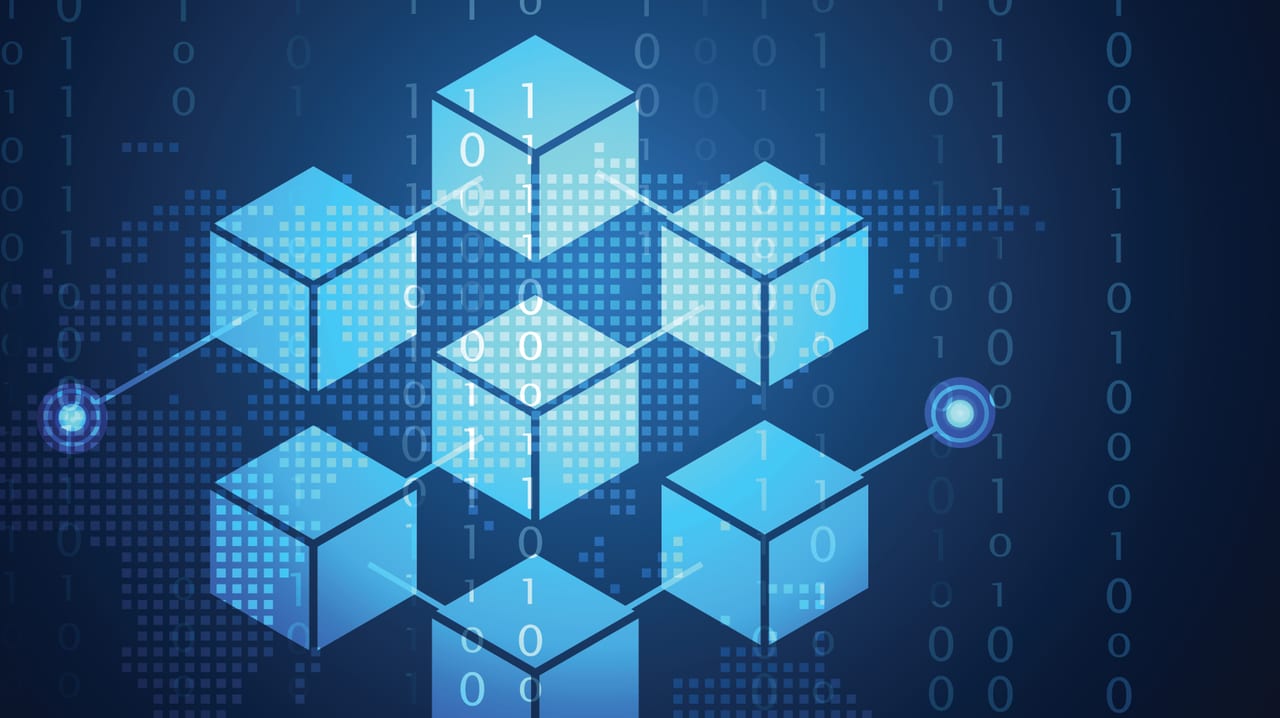COLD FOOD SAFETY
Is Blockchain a Game Changer for Food Safety?
When a foodborne illness outbreak occurs, the first order of business is to inform supply chain partners and the public and to remove potentially tainted food from circulation. For example, heads of lettuce harvested at one farm may be shipped to retail and foodservice locations in multiple regions around the country. Recalling and pulling those products from hundreds of locations quickly, efficiently, and accurately is crucial—and very challenging. In order to effectively do so, the product must be located, and without good data and an automated system to support a robust track-and-trace infrastructure, such efforts could be prone to catastrophic failures.
With food safety concerns at the forefront and the importance of improving food traceability, the US Food and Drug Administration (US FDA) released its New Era of Smarter Food Safety Blueprint in July 2020. This initiative outlines a commitment to dramatically improve food safety and calls for a new, technology-driven approach to modernize the food system by leveraging technology to track and trace products throughout the supply chain.
In the past few years, blockchain has become one of the most intriguing technologies under investigation, considering its potential to create an ironclad system for tracking food products all the way from a specific field to multiple end locations in real time.
Supply chains across all industries are undergoing technological transformation to become more efficient, increase visibility, and improve transactions between trading partners and consumers. Product shortages and delays across multiple product categories during the COVID-19 pandemic made headlines, highlighting the impact of supply chains on people’s lives.
These challenges exposed existing gaps in supply chain data. It became obvious that stakeholders needed far more detailed knowledge about product availability, location, shipping, and distribution to adjust for fluctuations in supply and demand. The food industry faced these same challenges while also driving to increase supply chain traceability in support of improving food safety.

As blockchain’s potential application continues to be studied and discussed, data standards will be vital to ensure interoperability for the information exchange it is intended to facilitate. Image courtesy of iStock/Shutter2U.
What is blockchain?
At its core, a blockchain is an immutable distributed ledger—a shared database that trading partners can use to securely transmit information, which cannot be modified or deleted, about transactions and events. It makes captured data accessible to all trading partners along the distribution network. As a decentralized data exchange, blockchain ensures information is replicated, shared, and synchronized across multiple locations, which makes the data more trustworthy, resilient, and secure.
When critical information about a product (like lot/batch number and expiration date) and supply chain events (like shipping, delivery) is accurately captured at every point through the product journey and shared with stakeholders in real time, tracing backwards becomes infinitely easier. Expired, defective, or tainted products can be readily located within the supply chain, recalls can be executed far more efficiently, and a great deal of waste can be prevented through laser-focused identification of products that must be removed, thereby sparing the rest from unnecessary disposal.
Standards support blockchain
GS1 Standards—the most widely used supply chain standards in the world—are foundational to the information sharing that blockchain can enable. The food industry already uses GS1 Standards to format and share information using unique identification of products, locations, and assets. The standards make it possible for all parties to exchange clear, accurate data that every stakeholder can read and understand. Upon that foundation, blockchain can provide the immutable, tamper-proof, automated “place” for that data to reside.
Specifically, the GS1 Global Trade Item Number (GTIN), Global Location Number (GLN), and EPCIS (Electronic Product Code Information Services) remove barriers that can be caused by disparate entries using proprietary systems to manage data. EPCIS enables supply chain partners to capture transactional information about supply chain events (e.g., shipped; received; etc.) in a standardized format and to share that information with their trading partners. EPCIS is in use today across various industries and is well well-suited for blockchain solutions to enhance scalability and data exchange across trading partner networks.

Blockchain has the potential to create an ironclad system for tracking food products all the way from a specific field to multiple end locations in real time. Image courtesy of iStock/Smederevac.
Connecting the dots with interoperability
Interoperability—the ability to exchange data between different companies’ systems—is a cornerstone of an effective traceability infrastructure. A recent seafood industry pilot study demonstrated how technical standards for product identification and data communication can help the industry achieve interoperability among diverse proprietary traceability systems while leveraging blockchain, cloud, or other technologies to optimize data sharing. The pilot was conducted by GS1 US in collaboration with the Global Dialogue on Seafood Traceability (GDST), the Institute of Food Technologists (IFT), Beaver Street Fisheries, Bumble Bee Seafoods, Chicken of the Sea, FoodLogiQ, IBM Food Trust, Insite Solutions/Norpac, ripe.io, SAP, Walmart, and Wholechain.
The traceability study focused on the GS1 System of Standards and on the GDST 1.0 seafood standards. Interoperability of these systems enhances widespread supply-chain digitization and supports future requirements of the US FDA’s proposed Food Safety Modernization Act (FSMA) section 204 food traceability rule. Using real-world data, the pilot showed how EPCIS effectively enables recording of the what, where, when and why of supply-chain events, connecting multiple traceability systems. It clearly established the necessity of standards to identify products, entities, locations, critical tracking events, and key data elements to support interoperability.
Technologies converge
Overall, improved traceability in the food supply chain is essential in today’s world where consumers are hungry for information. Blockchain may prove highly useful in supporting a fully transparent, immutable record of product movement through the supply chain. As blockchain’s potential application continues to be studied and discussed, data standards will be vital to ensure interoperability for the information exchange it is intended to facilitate.
